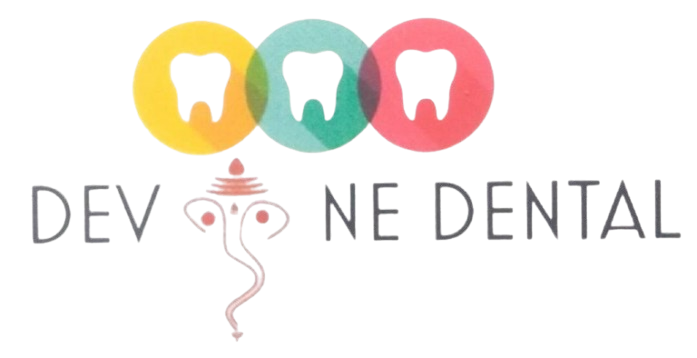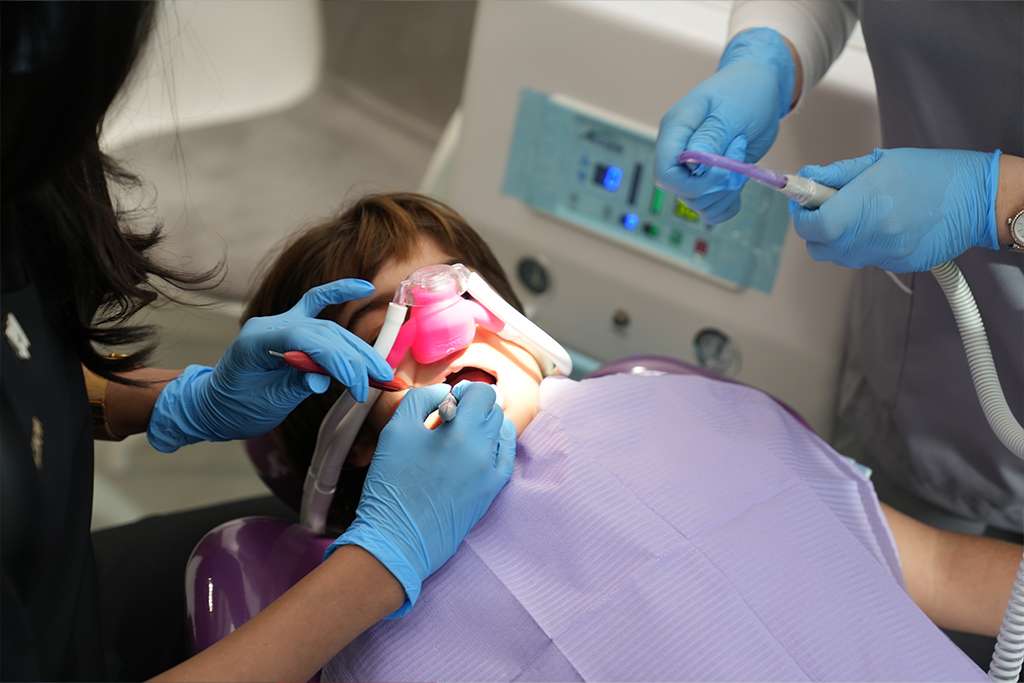Dental bonding is a cosmetic dentistry technique used to enhance the appearance of teeth by applying a tooth-colored resin material. It offers a quick and effective solution for fixing chips, cracks, discoloration, and gaps between teeth. Bonding improves both the function and aesthetics of your smile with minimal preparation and no discomfort. It's an ideal option for patients looking for a non-invasive and cost-effective way to achieve a natural-looking smile. Dental bonding treatments are typically completed in a single visit, making them convenient and accessible for most patients.
- Home
- About Us
- Gallery
-
Services
- Teeth Cleaning
- Pediatric Dentistry
- Laser RCT
- Tooth Decay
- Gum Treatments
- Tooth Extraction
- Bonding
- Teeth Whitening
- Orthodontic Braces & Aligners
- Teeth Reshaping
- Veneers & Crowns
- Laser Dentistry
- Teeth Filling Sealants/a>
- Bridges and Dentures
- Full Mouth Rehabilitation
- Root Canal Treatment
- Dental Implants
- Oral & Maxillofacial Surgery
- Single Sitting RCT
- Tooth Pin
- Wisdom Tooth
- Blogs
- Contact Us
- Home
- About Us
- Gallery
-
Services
- Teeth Cleaning
- Pediatric Dentistry
- Laser RCT
- Tooth Decay
- Gum Treatments
- Tooth Extraction
- Bonding
- Teeth Whitening
- Orthodontic Braces & Aligners
- Teeth Reshaping
- Veneers & Crowns
- Laser Dentistry
- Teeth Filling Sealants
- Bridges and Dentures
- Full Mouth Rehabilitation
- Root Canal Treatment
- Dental Implants
- Oral & Maxillofacial Surgery
- Single Sitting RCT
- Tooth Pin
- Wisdom Tooth
- Blogs
- Contact Us

